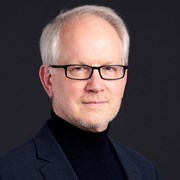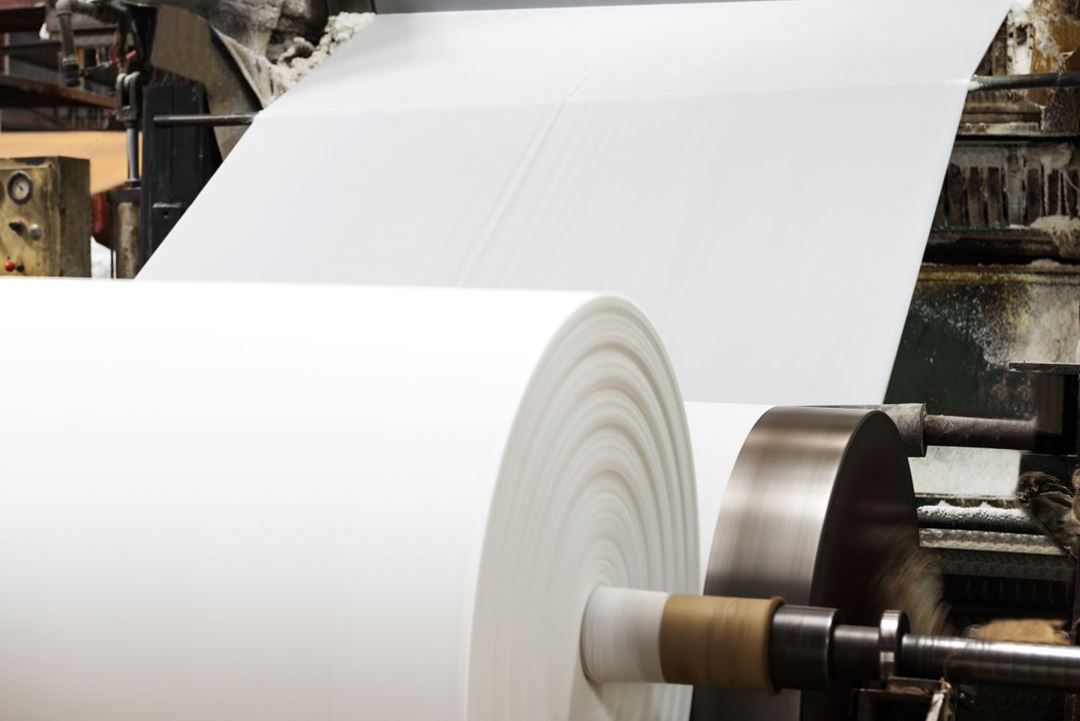Hydrogen peroxide (H2O2) is a versatile chemical used in many industries as a bleaching agent, an oxidizer and a disinfectant. H2O2 is today made in large scale using fossil resources and a cocktail of organic solvents. Over 0.5 tonne CO2 is emitted for every tonne of H2O2. Because of the inherent instability of H2O2, it is shipped over long distances as a diluted, aqueous solution.
The HYPER project aims to transform H2O2 production from a large-scale, fossil-fuel driven process to a modular, on-site process using renewable electricity. The key to this development is the electrochemical conversion of sulfuric acid to a chemical called persulfate, which is a stronger, yet more stable oxidant than H2O2. Reaction of persulfate with water produces H2O2 and regenerates sulfuric acid that is reused in the process. H2O2 can then be used on-demand, in the required concentration and without the need of stabilizers. The HYPER technology is anticipated to reduce CO2 emissions by 75 percent and energy consumption by one-third as compared to the state-of-the-art fossil process, without sacrificing competitiveness.
In addition to project coordination, SINTEF is investigating complementary cathode reactions that are relevant for the downstream industrial sectors involved in the project: chemicals, pulp and paper and textiles. Indeed, the most effective process will create value from both the anode (oxidation – the removal of electrons) and the cathode (reduction – the addition of electrons) of the electrochemical cell. SINTEF is also leading the Work Package focused on the implementation of the HYPER technology in these downstream sectors.


